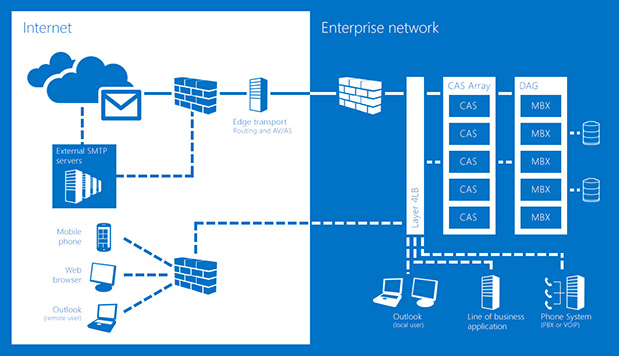Enabling the performance of an application to evaluate performance allows your blog to grow and performance better. It will also provide data for revenue gains and losses, whether your brand and it’s response time. You will need to assess performance based on predictions.
When assessing infrastructure, you will need to determine the following:
* Future resource performance
* Capacity
* Compare configuration & characteristics
* Stability
* Determine future resources
* Provide comparison
* Gather information related to speed
* Latency
For your test to be successful, the proper context must be achieved by your budget, schedule, tools, and environmental- business, impact, and testing objective.
For a blog to become relevant, a performance test must include- process, projections, schedule, project vision, business drives, testing performance, compliance, purpose and the reason for the testing. Testing consist of stress test, load test, and a performance test. The stress test determines and focuses on limited memory, the server, and applications to make sure they don’t fail. The load test, which can be performed using tools like Load-View, determines and validate the characteristics of the systems volumes and productivity process. The performance test- validates speed, response time, stability and the performance guides.
Performance test for web performance helps establish future testing, compliance, and goals to identify the system’s capabilities. For a test to provide context and make sure it’s acceptable, the test must encounter a stress, load, and performance test, which all serves different purposes. The performance targets metrics, through response time. It also include a test that focuses on the levels of processing memory, network, and disk capacity.
When the test is finished, your blog should be able to operate effectively. You will also be able to determine whether or not , your will need to focus on running your performance- to increase hardware and improve performing for and effective blog.
